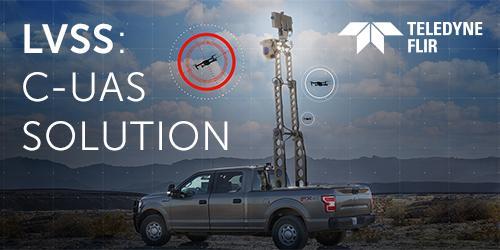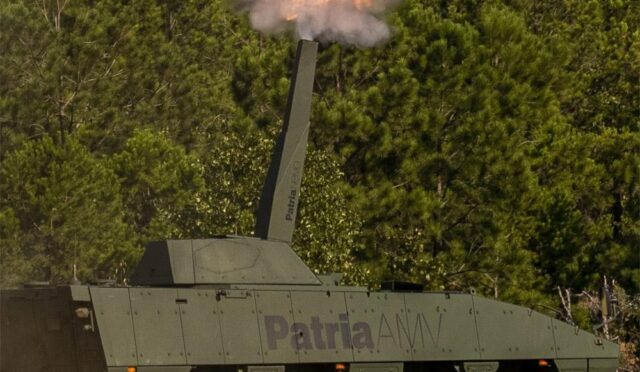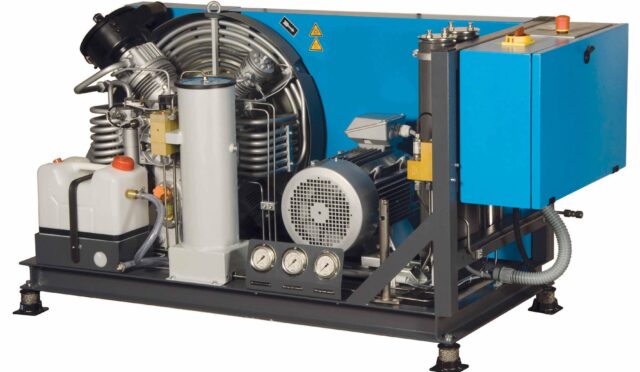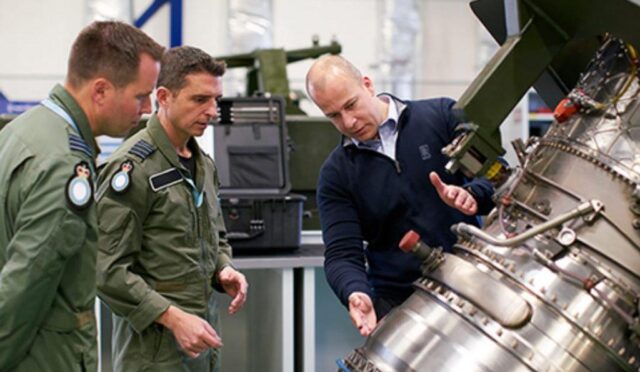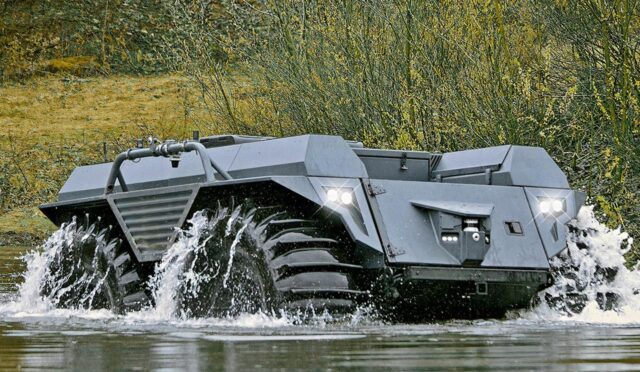Teledyne FLIR Secures $7.8 Million Contract with Saudi Arabia
Teledyne FLIR has officially announced a significant $7.8 million contract to provide long-range thermal surveillance systems along with support services to Saudi Arabia. This agreement, made with the Middle East Task Company (METCO), will see the Oregon-based defense technology firm delivering its advanced Lightweight Vehicle Surveillance System (LVSS) to a prominent military entity within the Kingdom. Included in this contract are essential mission support equipment and training designed to ensure the customer is proficient in operating the system.
Stan Crawford, the Senior Director of Business Development for the Middle East at Teledyne FLIR, emphasized the crucial role the LVSS will play in enhancing national security. “We’re honored to work with METCO to support a key military entity in its vital mission of safeguarding the nation,” he remarked. Although specific details regarding the number of LVSS units to be supplied to Riyadh were not disclosed, the significance of this technology is clear.
About the Lightweight Vehicle Surveillance System (LVSS)
The Lightweight Vehicle Surveillance System (LVSS) is designed as a compact and mobile surveillance solution that integrates seamlessly into the bed of a standard commercial pickup truck. This innovative system combines Teledyne FLIR’s TacFLIR 380HD long-range thermal imaging technology with the Ranger R20SS radar, enabling it to detect and identify up to 500 objects at ranges exceeding 10 miles (16 kilometers). Its portability is a key advantage, allowing deployment and operation by a single individual in under 30 seconds.
Equipped with a 16-foot (5-meter) mast that extends above trees and other obstacles, the LVSS provides an unobstructed and elevated view, which is crucial for effective surveillance operations. According to Teledyne FLIR, “The LVSS is specifically designed for missions requiring speed, mobility, and flexibility, making it ideally suited for protecting critical infrastructure, bases, and personnel from aerial and ground threats.” This feature underscores its importance in contemporary military operations.
